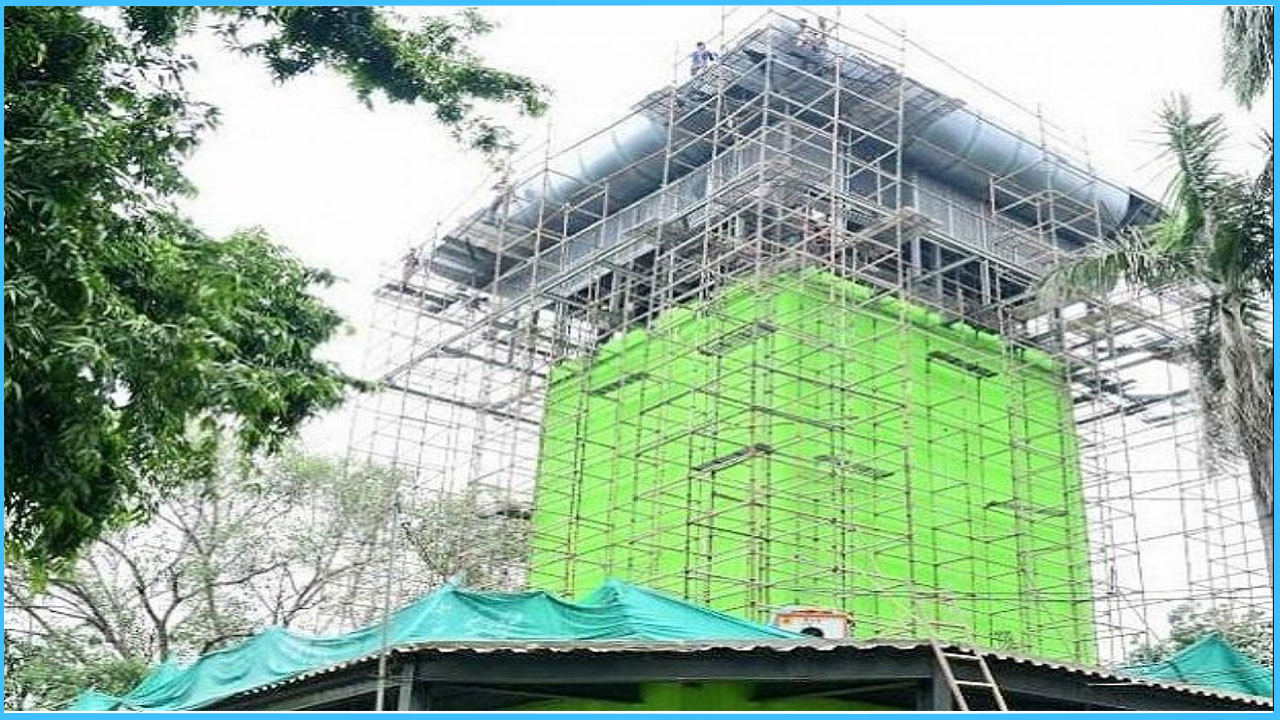According to the World Health Organization (WHO), India has six of the world's top ten most polluted cities. Delhi, the national capital, stands at the top of the list. According to a Greenpeace report released last year, air pollution kills 1.2 million people in India every year. As a result of the bad air quality, all institutions, corporations, social pressure organisations, and the concerned government are working tirelessly to improve air quality across the country.
Since India is experiencing a climate emergency, the Supreme Court of India ordered Central Pollution Control Board (CPCB) and the Delhi government to develop a strategy to erect smog towers to combat air pollution in 2019. Smog towers are enormous buildings that purify the air at a massive scale. They are frequently equipped with many layers of air filters that purify the air as it travels through them of impurities. As part of a pilot project, the Supreme Court ordered two towers to be built by April 2020. The first of these towers is located in Connaught Place (CP), and the second tower, built at AnandVihar in east Delhi with CPCB as the nodal agency.
STEPS TAKEN TO TACKLE THR PROBLEM OF POLLUTION IN DELHI
- Subsidy to farmers for purchasing the Turbo Happy Seeder (THS), a tractor-mounted machine that chops and uproots stubble to decrease stubble burning.
- To reduce traffic pollution, BS-VI vehicles will be introduced, as well as a push for electric vehicles (EVs), Odd-Even as an emergency solution, and the development of the Eastern and Western Peripheral Expressways.
- The Graded Response Action Plan is being implemented (GRAP). It's a series of restrictions that go into effect in stages when the air quality deteriorates, as it usually does in October and November.
NEED OF SMOG TOWER IN INDIA
Since 2009, the concentration of PM-10 in Delhi has increased from 258 percent to 335 percent, according to a report by the CPCB. PM-2.5, on the other hand, is the most common pollutant in Delhi and its environs. PM-2.5 refers to fine particles that penetrate deep into the body and fuel inflammation in the lungs and respiratory tract, increasing the risk of cardiovascular and respiratory problems as well as a weakened immune system.
According to research by a Swiss organisation (published in March 2021), rated cities based on their air quality measured in terms of ultrafine particulate matter levels, Delhi was the most polluted capital city in the world in 2020 for the third year in a row (PM-2.5).
CHALLENGES FACED BY SMOG TOWER
- It may provide immediate respite from air pollution in a small region, but it is a pricey short-term remedy with little scientific evidence to support its long-term efficacy.
- Only up to 1 km from the tower, the tower could have an impact on air quality.
- However, IIT-Bombay and IIT-Delhi will examine the real impact in a two-year pilot project that will also identify how the tower performs under various weather conditions and how PM-2.5 levels alter with air flow.
WORKING PROCEDURE OF TOWER
It employs a 'downdraft air cleaning system,' in which dirty air is drawn in from a height of 24 metres and filtered air is released at the bottom of the tower, around 10 metres above the ground.
It differs from the Chinese system, which employs an 'updraft' mechanism in which air is pulled in from near the ground and driven upwards by heating and convection. At the top of the tower, filtered air is released.




